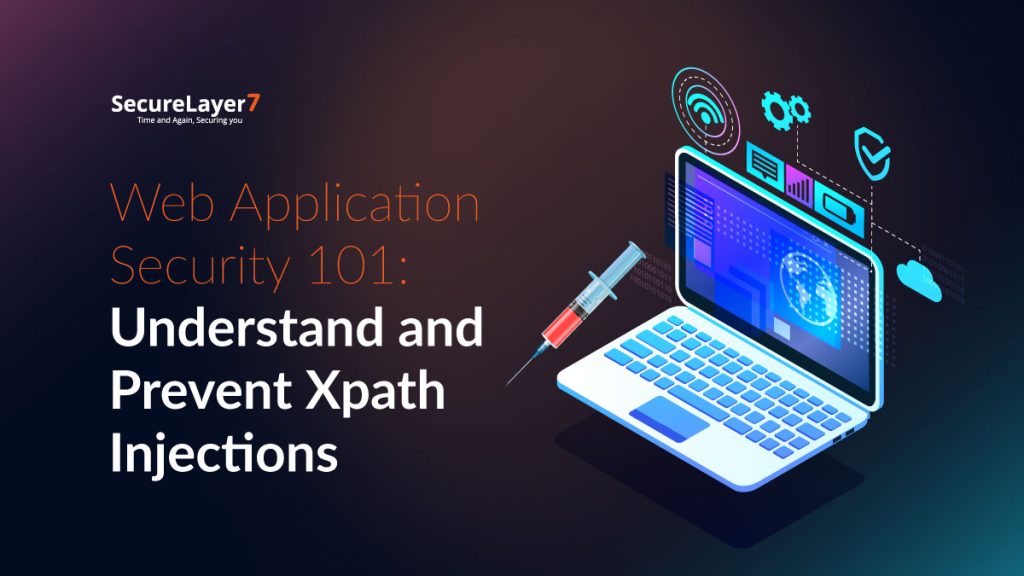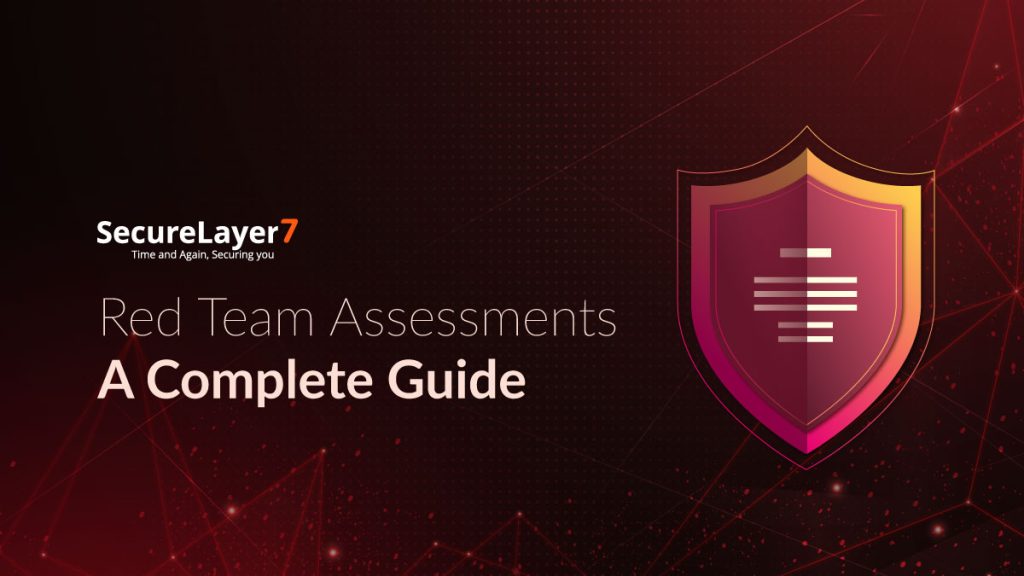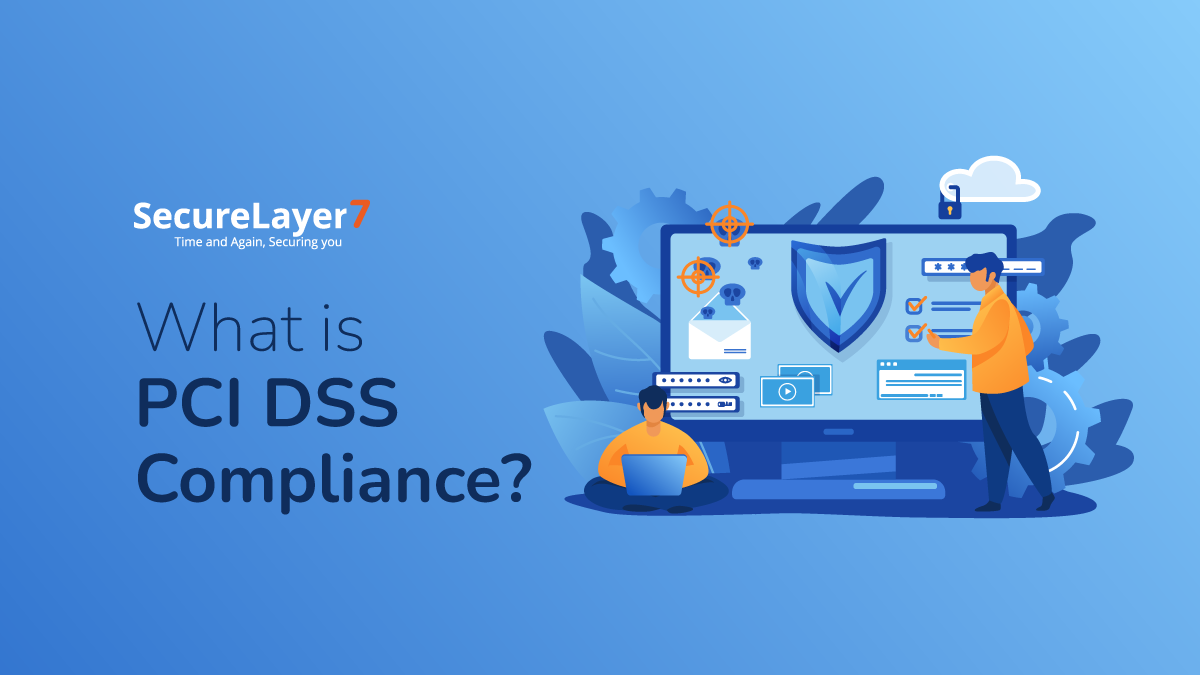
What is PCI DSS Compliance?
October 16, 2023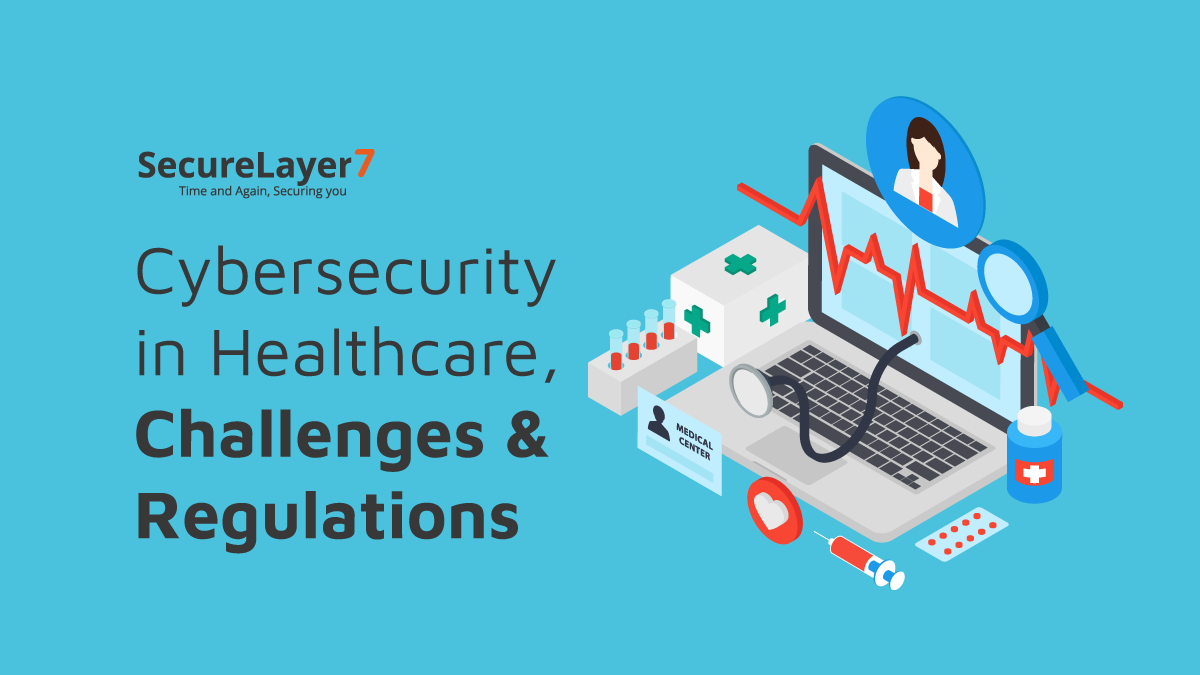
Cybersecurity in Healthcare, Challenges & Regulations
October 25, 2023
In today’s interconnected digital landscape, data breaches have emerged as a critical concern for organizations across industries.
The exposure of sensitive information, intellectual property, and proprietary data poses not only financial risks but also reputational and regulatory challenges.
The financial aftermath of a data breach can be staggering, extending beyond immediate financial losses to encompass long-term damage to brand reputation, customer trust, and regulatory compliance.
Recognizing the multifaceted impact of data breaches empowers organizations to adopt proactive strategies for prevention, detection, and response.
Data breaches are not limited to a single sector or domain. Industries ranging from finance and healthcare to technology and retail have all fallen victim to cyberattacks.
As we delve into the factors, statistics, and implications surrounding data breach costs, it becomes evident that the consequences of inadequate data security measures extend far beyond monetary considerations.
The proactive management of data breach risks is no longer a choice; it is a necessity for organizations aiming to safeguard their financial stability, reputation, and customer relationships.
Factors Influencing Data Breach Costs
In the modern landscape of data breaches, the costs incurred go beyond immediate financial losses.
Various factors contribute to shaping the economic impact of a breach, each playing a unique role in determining the final toll on an organization’s resources and reputation.
- Nature of the Breach
- Reputational Damage
- Business Downtime
- Regulation and Litigation
- Cyber Insurance Challenges
- Ransom Payments
- Insufficient Security Staffing
- Preparedness
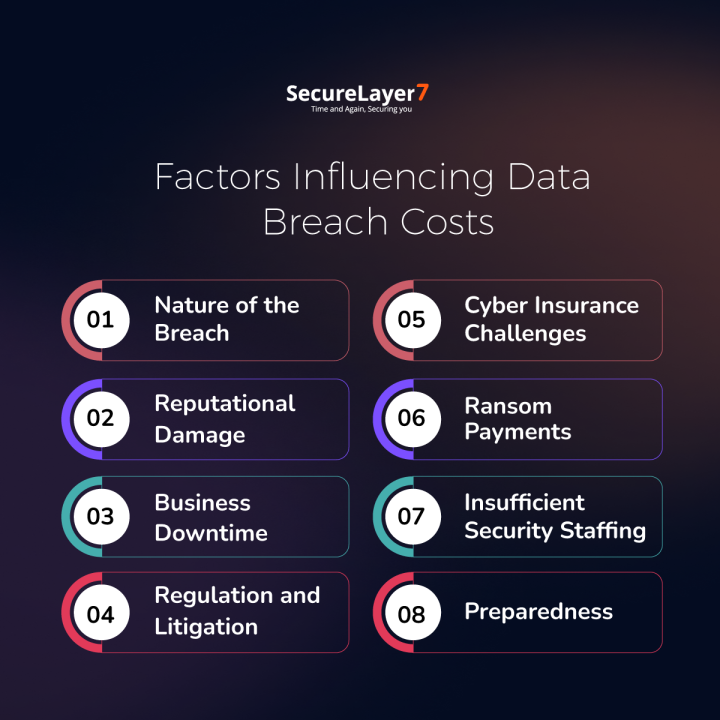
Let us get to know about these in further detail
Nature of the Breach
The type of data breach has a direct correlation with the ensuing costs. Different types of breaches, such as unauthorized access, data leaks, or ransomware attacks, have varying financial and reputational implications.
A breach involving the exposure of sensitive customer data, for instance, can lead to significant financial penalties due to regulatory non-compliance.
The potential damage to customer trust and loss of business can result in substantial long-term consequences.
Reputational Damage
Reputational damage remains a formidable cost driver for organizations that experience data breaches.
In a digital age where news spreads rapidly through social media and news outlets, a tarnished reputation can severely impact customer loyalty and trust.
High-profile breaches have shown that consumer confidence can erode rapidly, resulting in decreased sales and a long-term decline in market value.
For instance, the Equifax data breach in 2017 not only led to a massive financial settlement but also left the company grappling with lasting damage to its public image.
Business Downtime
Severe business downtime following a breach can have cascading financial effects. When a breach occurs, organizations often need to suspend operations temporarily to contain the breach, assess the extent of the damage, and implement recovery measures.
The resulting loss of revenue, disrupted operations, and the cost of getting back to full functionality can significantly contribute to the overall breach costs.
Real-world examples, such as the ransomware attack on Colonial Pipeline in 2021, demonstrated the massive financial repercussions of downtime caused by cyber incidents.
Regulation and Litigation
The legal implications stemming from data breaches can add substantial costs. Regulatory authorities often impose fines for non-compliance with data protection regulations.
Moreover, affected individuals may pursue legal action against organizations for failing to safeguard their data adequately.
The legal fees, settlements, and potential fines resulting from regulatory investigations can contribute significantly to the financial burden of a breach.
Cyber Insurance Challenges
While cyber insurance offers a safety net for breach-related expenses, the rising costs of coverage have become a challenge for organizations.
The increasing frequency and severity of data breaches have led to higher insurance premiums. This financial strain forces organizations to carefully balance the cost of insurance with the level of coverage they can afford, potentially leaving gaps in their overall risk mitigation strategy.
Ransom Payments
An emerging trend in the realm of data breaches is the willingness of organizations to pay ransom to cybercriminals.
Paying a ransom is a contentious decision, with potential financial implications. While it may expedite the process of regaining access to critical systems and data, it does not guarantee the return of compromised information.
Additionally, paying ransoms can encourage further attacks and make an organization a repeat target.
Key Findings from the 2022 IBM Cost of Data Breach Report
The 2022 IBM Cost of Data Breach Report offers valuable insights into the evolving landscape of data breaches, shedding light on trends, impacts, and strategies that organizations can leverage to mitigate breach costs.
- Cost Increase and Remote Work Impact
- Industry-Specific Costs
- Impact Factors
- Initial Attack Vectors
- Breach Identification and Containment
- Technology and Breach Lifecycle
- Impact of Strategies
- Cloud Environments and Compliance Failures
- Ransomware and Incident Response
- Country-wise Costs and Supply Chain Attacks
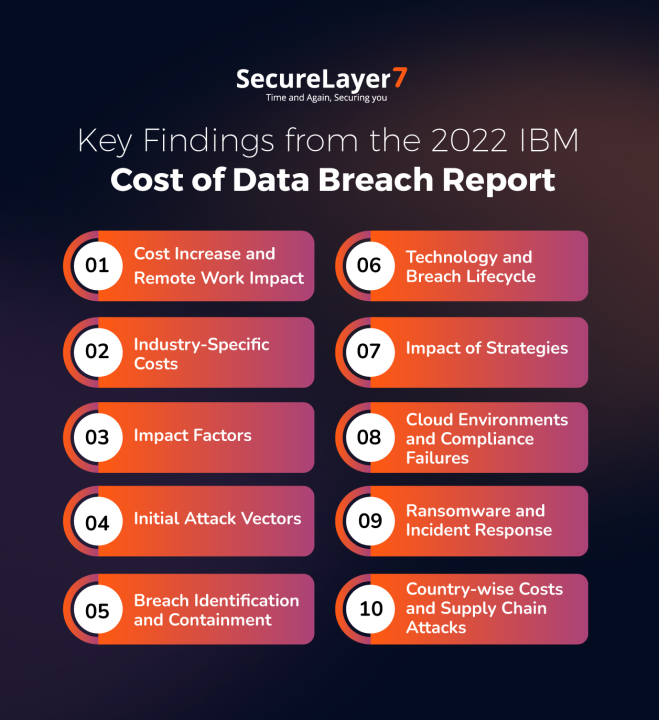
The report’s key findings provide a comprehensive understanding of the financial implications associated with data breaches. Let us have a look.
Cost Increase and Remote Work Impact
The adoption of remote work models by organizations has introduced a compelling dynamic to the realm of data breach costs.
A revealing connection emerges as organizations adopt remote work to stay agile. Those integrating remote work in some capacity face a distinct financial implication: an average of US$ 4.99 million in breach damages.
This stands in stark contrast, with counterparts not incorporating remote work experiencing US$ 1 million less in costs.
The expanded attack surface brought about by remote work arrangements has implications beyond mere convenience, directly impacting breach costs.
In navigating this landscape, organizations must not only adapt their security measures but also strategically allocate resources to effectively manage and mitigate the financial consequences associated with data breaches in a remote work context.
Industry-Specific Costs
Undoubtedly, the healthcare sector stands as a consistent frontrunner in the realm of data breach costs, marking a trend that has persisted for twelve years.
In 2022, this sector bears the brunt once again, shouldering an average data breach cost of US$ 10.10 million.
This figure reflects a significant increase of 9.4% compared to the previous year, amplifying the financial strain on healthcare organizations.
This enduring pattern underscores the unique challenges and vulnerabilities faced by the healthcare industry.
The sector’s rich repository of sensitive patient data, coupled with stringent regulatory requirements, renders it an attractive target for cybercriminals.
The evolving threat landscape necessitates heightened cybersecurity measures, resilient response strategies, and a proactive stance in safeguarding patient information and financial stability.
Impact Factors
While lost business is often seen as a major driver of breach costs, the report challenges this assumption. It indicates that lost business is not the primary factor contributing to the financial impact of data breaches.
Instead, costs related to incident response, notification, legal services, and reputation management play a more significant role.
This finding highlights the multifaceted nature of breach costs and the necessity of addressing various dimensions to mitigate financial repercussions effectively.
Initial Attack Vectors
This section delves into the key drivers of breach origins and their financial ramifications. Notably, phishing and compromised credentials account for 16% and 15% of breaches, with phishing taking a slight lead in the 2022 report.
Cloud misconfiguration and business email compromise follow at 11% and 9%, respectively. The study also examines known and zero-day vulnerabilities, revealing that over 5% of breaches stem from unpatched vulnerabilities.
While malicious insider-initiated breaches are infrequent at 6%, they are the costliest, averaging USD 4.90 million—9.6% above the global average.
Phishing, the most common vector, ranks second in cost at USD 4.76 million. Conversely, system error breaches are least expensive at USD 3.96 million but rare at 5% occurrence.
In essence, understanding initial attack vectors offers a crucial lens into breach dynamics and financial implications. This insight aids organizations in strategic resource allocation, bolstering defenses, and navigating the nuanced landscape of data breach management.
Breach Identification and Containment
The report provides insight into the average number of days it takes to identify and contain a data breach. This period has direct financial implications.
A longer identification and containment timeline allows attackers more time to maneuver within compromised systems, exacerbating the extent of the breach and increasing overall costs. Swift detection and containment are critical to minimizing the damage and associated expenses.
Technology and Breach Lifecycle
An encouraging finding is the role of Extended Detection and Response (XDR) technology in reducing the breach lifecycle. XDR technology enables organizations to detect, investigate, and respond to incidents more efficiently.
This reduction in breach duration leads to cost savings by limiting the scope of the attack and accelerating the recovery process.
Impact of Strategies
The report highlights the financial benefits of implementing strategies such as Zero Trust and leveraging security AI and automation controls.
Organizations that adopt Zero Trust strategies experience a substantial reduction in breach costs.
Similarly, the integration of security AI and automation controls can lead to a remarkable 70% reduction in data breach costs, further underscoring the effectiveness of proactive security measures.
Cloud Environments and Compliance Failures
Differences in breach costs between hybrid cloud environments and other models are revealed in the report.
Hybrid cloud environments demonstrate a cost advantage, indicating the potential benefits of leveraging cloud technology securely.
Additionally, the report identifies a correlation between compliance failures and higher breach costs.
Organizations that fail to meet regulatory requirements are subjected to increased financial penalties, legal expenses, and reputational damage.
Ransomware and Incident Response
Ransomware attacks continue to be a significant concern, with the report presenting the average cost of a ransomware breach. This cost encompasses ransom payments, legal fees, and the expenses associated with recovery and remediation efforts. The report underscores the value of having an incident response plan in place, as organizations with well-prepared response strategies significantly reduce breach costs.
Country-wise Costs and Supply Chain Attacks
Geographical variations in breach costs are explored in the report, highlighting how costs can differ based on a country or region’s cybersecurity landscape, regulatory environment, and threat landscape. Additionally, the report emphasizes the extended impact of supply chain attacks, which take longer to identify and contain compared to other breach types. This extended timeframe results in increased breach costs due to prolonged exposure and data compromise.
Key Questions About Data Breach Costs
We have listed down a few important questions to address that will cover the concept of Data Breach comprehensively.
What was the Biggest Contributor to Data Breach Costs in 2022?
In 2022, the biggest contributor to data breach costs was the combination of incident response and containment efforts. The need for rapid response, investigation, and containment to mitigate the impact of breaches significantly influenced the overall cost. Timely detection and effective response strategies are pivotal in minimizing the financial fallout of data breaches.
How Long Do Data Breaches Impact Organizations?
The impact of data breaches extends far beyond the immediate aftermath. Organizations often experience long-term repercussions due to reputational damage, legal ramifications, and customer attrition. The erosion of customer trust, potential regulatory fines, and ongoing litigation can haunt an organization for years, causing a persistent strain on finances and resources.
How Long Was the Average Breach Lifecycle?
The average duration of a breach lifecycle, from initial compromise to containment, varies based on several factors. However, the use of advanced technologies, incident response preparedness, and efficient detection methods have contributed to reducing the breach lifecycle. The adoption of tools like XDR and well-coordinated response plans has led to shorter breach durations, minimizing potential financial losses.
What is the Average Cost of a Data Breach by Country?
Data breach costs exhibit geographical variations based on the regulatory environment, technological infrastructure, and cybersecurity practices of each country. Some countries have more mature cybersecurity measures in place, leading to quicker breach response and lower overall costs. However, the specific cost by country depends on a multitude of factors that influence the local cybersecurity landscape.
How does the cost of a data breach vary by industry?
The cost of a data breach varies significantly across industries due to the nature of the data they handle, regulatory requirements, and customer expectations. Sectors dealing with highly sensitive information, such as healthcare and finance, tend to experience higher breach costs due to the potential impact on patients’ health data or customers’ financial information.
What is the cause of a data breach?
Data breaches can result from a range of factors, including vulnerabilities in software, inadequate security measures, human error, and sophisticated cyberattacks. Cybercriminals exploit these weaknesses to gain unauthorized access to systems and data. Preventive measures such as regular security assessments, employee training, and robust cybersecurity solutions play a pivotal role in mitigating breach risks.
Can security measures prevent data breaches?
While no security measure can guarantee complete prevention of data breaches, a layered and comprehensive security approach can significantly mitigate the risk. Implementing measures such as strong access controls, encryption, intrusion detection systems, and employee training can make it more challenging for attackers to infiltrate systems and access sensitive data.
What is the data breach lifecycle?
The data breach lifecycle comprises several stages, including initial compromise, lateral movement within the network, data exfiltration, detection, containment, eradication, and recovery. Each stage demands specific security measures and responses. A well-defined incident response plan helps organizations navigate these stages effectively, minimizing breach impact and costs.
How long does it take to identify and contain a data breach?
The time taken to identify and contain a data breach varies depending on factors such as the organization’s security posture, incident response preparedness, and the complexity of the breach. Swift identification and containment are crucial to limit the extent of the breach and minimize financial losses. Organizations with streamlined response plans tend to detect and contain breaches more rapidly.
Are data breaches recurring?
Data breaches can indeed be recurring events if organizations do not address the root causes of previous breaches and implement effective security measures. Cybercriminals often exploit vulnerabilities once discovered, making organizations susceptible to repeated breaches. Learning from past incidents, applying lessons, and continuously improving security measures can help prevent breaches from becoming recurring issues.
Summing Up
In conclusion, the landscape of data breach costs is complex and dynamic, with numerous factors shaping the financial impact on organizations. From the nature of the breach to the effectiveness of security measures, each aspect contributes to the overall cost. By addressing these key questions and understanding the intricacies of data breach costs, organizations can proactively strategize, invest in security, and minimize both financial and reputational damage.

